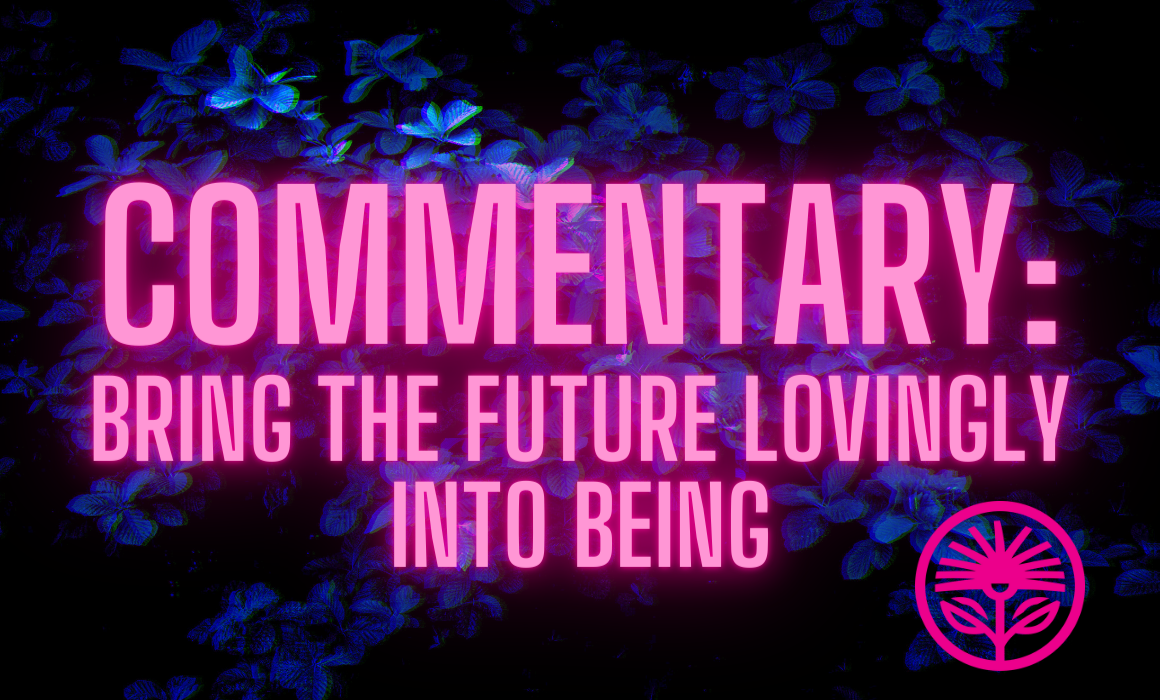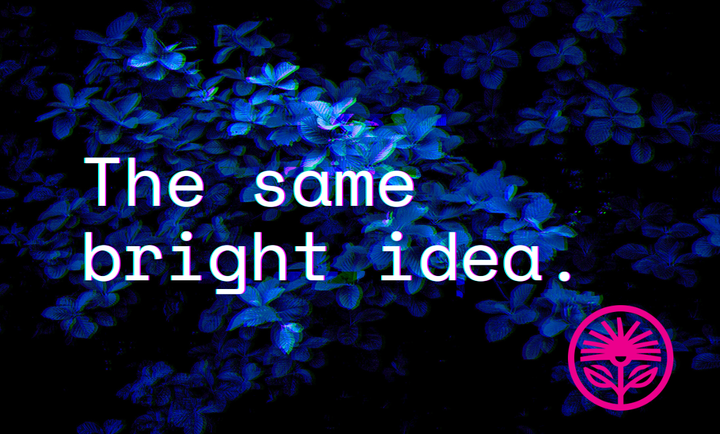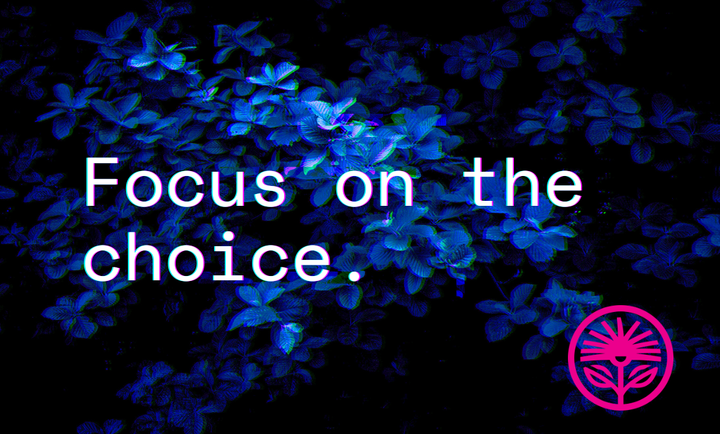Commentary: Bring the future lovingly into being
Change changes things.

“Across the oceans, over the poles, and to the corners of Earth, had all been accomplished.
And I resented that.
All in all, for someone who was immersed in, fascinated by, and dedicated to flight, I was disappointed by the wrinkle in history that had brought me along one generation late.
I had missed all the great times and adventures in flight.”
— Neil Armstrong, in James R. Hansen’s biography First Man
Before he became the first person on the moon, Neil Armstrong thought all the cool flying had already been done.
Isn’t that a little funny, and a little sad?
It’s like the quote by Lord Kelvin in 1900 that “there is nothing new to be discovered in physics.”
Or the 1995 Newsweek article that stated that the fuss about the Internet was all “baloney.”
Did you know that, in 2007, the executives at Blackberry allegedly thought there was no way that the iPhone Steve Jobs had just demoed could actually be real?
Over at Palm (remember them? No?), the CEO insisted that Apple was not going to change the mobile market because “[Computer] guys are not going to just figure this out. They’re not going to just walk in.”
Which shows it’s easy to get caught off guard if you think technology has already peaked.
And it’s even easier to get caught off guard when you think the technology you’re currently using is the right technology—not just the one you’ve been using.
We get addicted to procedures, routines, and ways of working—and we resist changing, whatever the cause.
But sometimes, the best procedure—the most valuable way of doing things for the customer—changes.
That Ted Levitt quote, that the railroads “let others take customers away from them because they assumed themselves to be in the railroad business rather than in the transportation business” makes the point.
It’s not about us. It’s about the value we deliver. And demonstrate.
It’s easy to forget that the first telegraph message sent by Samuel Morse, back in 1844, wasn’t something mundane—“Just setting up my telegraph”—like Twitter’s first message.
It wasn’t something simple—“Come check this out”—like Bell’s first phone call.
No, it was “WHAT HATH GOD WROUGHT”
It makes you think about all new technologies, doesn’t it?
Some of them, like Twitter, have mundane beginnings and catastrophic endings.
And some of them, like the telegraph and its successors, start with horror and end irrevocably entwined with everyday life.
But what they have in common is this:
Change changes things.
Whether we like it—or know it—or not.
We might think we can predict the future, but the universe is a complex and adaptive system. At its core, it has undecidable problems, unpredictable outcomes.
The only way to know for certain whether something will or won’t happen is to watch and see.
And the only way to do that is to stick around long enough.
As Donella Meadows wrote in Thinking in Systems, “At any given time, the input that is most important to a system is the one that is most limiting.“
Sometimes, that’s simply our imagination.
Neil Armstrong thought all the cool flying was done.
So what are you assuming is over?
If we believe that technology has already peaked—that we’re going to stay right here forever, or even for much longer—we’re not just limiting our growth.
We’re limiting our value.
Because the customer will—the customer should—find a business that has made the tradeoffs that are most important and most valuable to them.
As Annie Duke wrote in Thinking in Bets, “It's not about approaching our future predictions from a point of perfection. It's about acknowledging that we’re already making a prediction about the future every time we make a decision, so we’re better off if we make that explicit. If we are worried about guessing, we are already guessing.”
If we think AI won’t disrupt our industry, that’s a guess.
If we think Threads won’t dominate the social media marketing landscape, that’s a guess.
If we think we have to be the first to jump on either, that’s also a guess.
The point is to realize we’re already guessing.
We just need to make enough guesses, about enough things, and test and try them out and see.
“The future can’t be predicted,” Meadows wrote, “but it can be envisioned and brought lovingly into being.”
So how can you bring your future lovingly into being?
By preparing for it.
By using the New Tech, Old Marketing framework to find the new opportunities that the destruction of old constraints—which new tech always brings—can create for you.
And by demonstrating your value at a distance using the old marketing wisdom that always works.
So don’t worry about guessing.
Make sure you’re guessing enough.
And remember, we’re already guessing.
Now, let’s start preparing.



